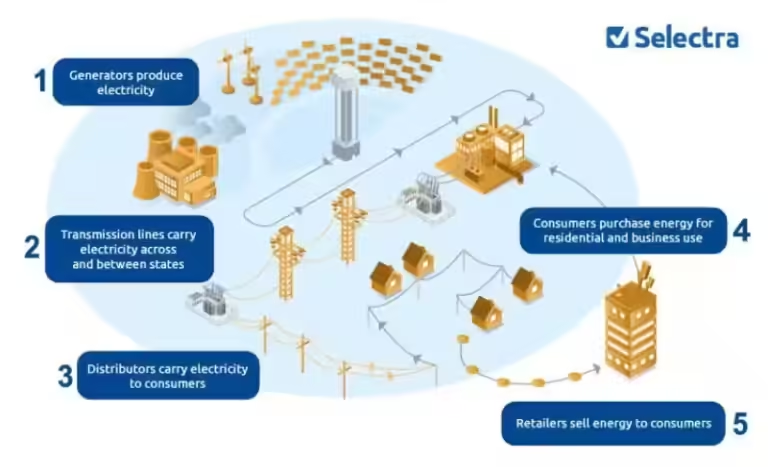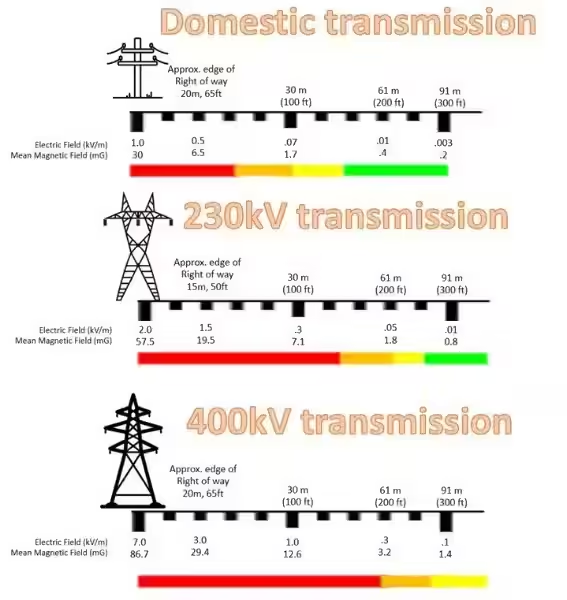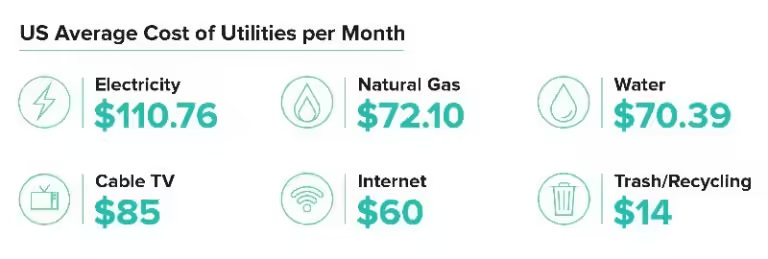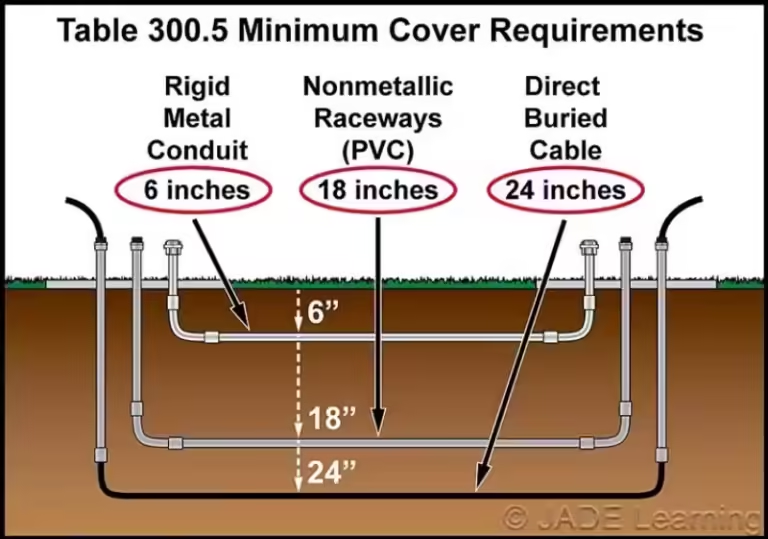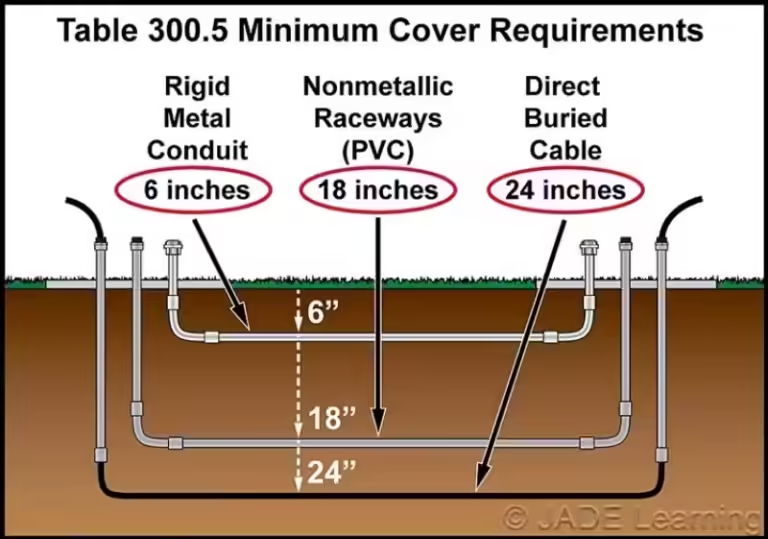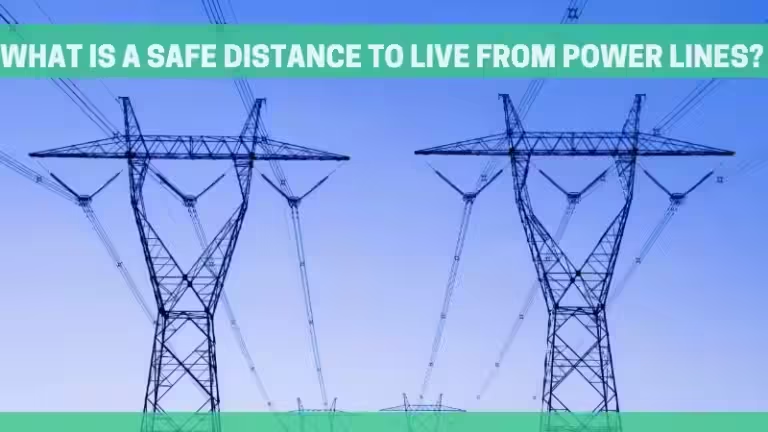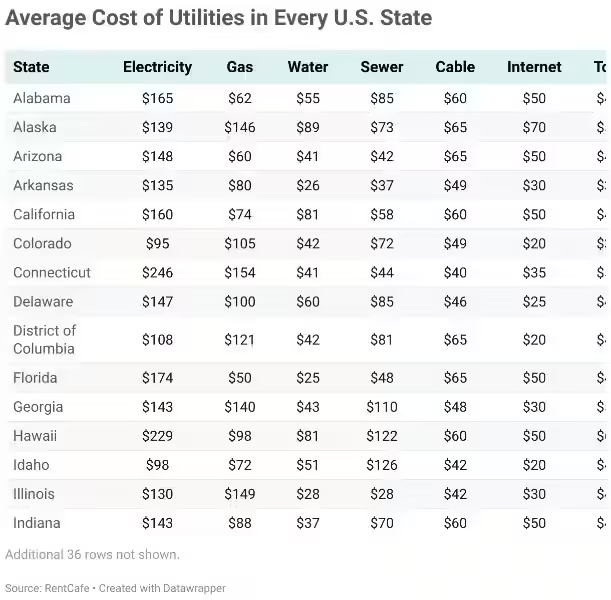Who's Responsible for Low-Hanging Cable Lines?
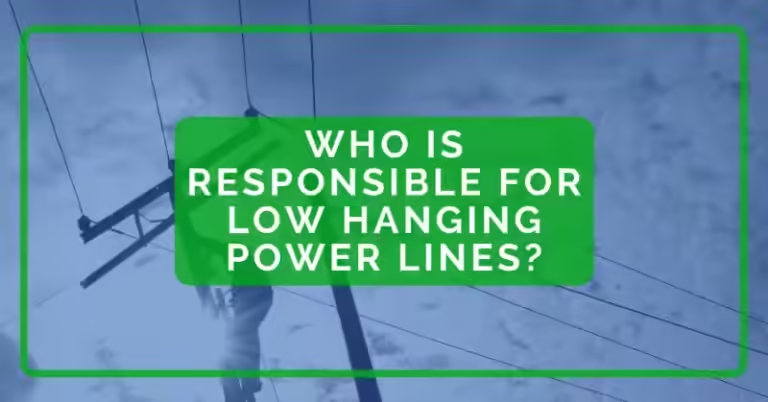
Imagine this: you're driving down the street, enjoying the scenery, and suddenly, a low-hanging cable line blocks your path. It's a frustrating and potentially dangerous situation. But who should you call? The answer isn't always straightforward, and it largely depends on where the cable line is located.
Understanding the Cable Line Infrastructure
Cable lines are essential for delivering electricity, internet, and cable TV services to homes and businesses. These lines are typically divided into two main sections:
1. The Utility Company's Responsibility
Utility companies are primarily responsible for the overhead lines, also known as "primary lines," that run along streets and carry high-voltage electricity. They are also responsible for the "service drop," the wires that connect the primary lines to individual homes or businesses. This includes the "weatherhead," the connection point between the service drop and your house, and the "electric meter," which measures your electricity consumption.
Think of it like a highway system: the utility company owns and maintains the main highway, while the service drop is like a driveway that leads to your property. They are responsible for ensuring these lines are safe and operating correctly.
2. The Homeowner's Responsibility
While utility companies are responsible for the main lines and service drop, homeowners generally take responsibility for the "service entrance cable" and everything inside their property. This includes:
- The service entrance cable: The wire running from the weatherhead to the meter and from the meter to the breaker box.
- The meter base: The box where your meter is mounted.
- The circuit/fuse box: The main service panel containing fuses or circuit breakers.
It's like the homeowner is responsible for the driveway and garage after the driveway ends.
Who to Call When a Cable Line Sags?
If you encounter a low-hanging cable line, the first step is to determine who owns the line.
- If it's a utility line (primary line or service drop), contact your local utility company immediately. They have trained crews equipped to handle high-voltage lines safely.
- If it's a line on your property (service entrance cable), you'll need to contact a licensed electrician. They have the expertise to diagnose and repair any issues related to your electrical wiring.
Why Hiring an Electrician is Crucial
Never attempt to repair a low-hanging cable line yourself. Electricity is dangerous, and attempting repairs without proper training and equipment can result in severe injury or even death. Always prioritize safety by contacting a qualified professional.
Here's why hiring a licensed electrician is crucial:
- Safety: Electricians have the necessary training and safety equipment to handle electrical work safely.
- Expertise: They can diagnose the cause of the sagging line and provide the most appropriate solution.
- Insurance: Licensed electricians usually have insurance that covers any damages or injuries that might occur during the repair process.
Choosing the Right Electrician
When looking for a qualified electrician, consider these factors:
- Word-of-mouth recommendations: Ask friends and neighbors for referrals.
- Licensing and certifications: Ensure the electrician is licensed and certified in your area.
- Experience: Look for electricians with experience in handling power line repairs.
- Quotes: Get quotes from at least three electricians to compare prices and ensure a fair price.
- Contract: Before signing a contract, review it carefully and understand the terms, including payment terms, completion timelines, and warranties.
- Records: Keep detailed records of the project, including photos, payment receipts, and any changes in electrical service.
Conclusion: Preventing Future Sagging
By understanding who is responsible for low-hanging cable lines and following the right steps, you can ensure safe and timely repairs.
Remember, regular maintenance is key to preventing future sagging. Utility companies usually inspect their lines regularly, but homeowners should also have their service entrance cable inspected by a qualified electrician periodically. It's better to be safe than sorry!
Frequently Asked Questions About Low Hanging Cable Lines
Who is responsible for fixing a low-hanging power line?
Generally, utility companies are responsible for the "service drop," which includes the wires running from the utility pole to your home, including the electric meter.
What if the problem is with the wiring on my property?
Homeowners are typically responsible for the insulator and weatherhead, the service entrance cable, the meter base, and the circuit/fuse box.
How do I know if it's my responsibility or the utility company's?
It's essential to contact your local utility company to confirm specific responsibilities in your area. They can determine if the problem falls under their jurisdiction or if you need to hire an electrician.
What should I do if I see a low-hanging power line?
Stay away from the line and report it to your local utility company immediately. Do not attempt to touch or move the line yourself.
What if the power line is damaged, but not sagging?
You should still contact your utility company to report the damage. They will determine if it needs to be repaired.
Can I fix a low-hanging power line myself?
No, you should never attempt to repair a power line yourself. It's dangerous and could result in serious injury or death.
How do I find a qualified electrician to fix the problem?
Use word-of-mouth recommendations, seek referrals, and check the electrician's qualifications, references, and licensure. Obtain quotes from at least three electricians to compare prices and ensure a fair price.


